One of the best things to come out of the Head-Fi revolution was the desktop DAC/pre-amplifier and thousands of consumers considered one for the first time during the pandemic. High-end DACs and pre-amplifiers have traditionally been significant expenditures but all of that changed thanks to brands like Schiit Audio and Topping.
Topping has proven that Chinese brands can offer high-end solutions that are often both more affordable and superior to their counterparts in North America and Europe.
The D70 has been a staple of the Topping DAC lineup for some time now and we’ve already seen it evolve from a dual AKM 4497 in the first model to the D70s that added MQA support, and the D70 Pro Sabre which switched to an ESS 9039Pro chipset. All 3 products were well received by enthusiasts and performed well on the test bench and on the desktop.

The desktop DAC/pre-amplifier market is highly competitive and there is significant price sensitivity with so many options. The new Topping D70 Pro OCTO DAC utilizes 8 Cirrus Logic 43198 chips and can also serve as a pre-amplifier for use with amplifiers or active loudspeakers.
The new Topping D70 Pro OCTO uses 4 chips per channel to help increase detail and reduce noise and might be the first 8-chip implementation of the 43198 in a desktop DAC.
With a SNR of 128 dB using the RCA outputs or 134 dB using the XLR outputs, it certainly appears that Topping has indeed increased its dynamic range and with a THD+N of <0.00008%, the DC70 PRO offers a remarkably low level of noise.

Connectivity
The D70 Pro OCTO retains the USB, Coax, Optical, AES, and Bluetooth inputs of the D70 Pro; it also supports LDAC, aptX Adaptive, aptX HD, AAC and SBC so most users will find a protocol compatible with their devices.
The USB input supports up to 32-bit/768kHz PCM and DSD512 making it compatible with 99% of the music currently available in digital formats.
Optical and Coax are likely limited to 24-bit/192kHz and DSD64 (Dop) like its predecessor but that specification is not currently listed.
Besides the novel DAC implementation, the D70 Pro OCTO has several other features that make it a very versatile unit. It has both RCA and XLR outputs and has configurable output for both as well.
The two output options are 4V and 2V (XLR/RCA respectively) or the newer standard 5V/2.5V standard. Topping allows users to select fixed or variable output modes when feeding a headphone amplifier, power amplifier, or active loudspeakers.
Another handy feature is the integral volume memory that is independent for each output; adjusting the XLR output will not throw off the RCA output level when a user switches back and forth between them.

Industrial Design
The external design remains the same for the most part; the unit is still brushed aluminum or black anodized with a large multi-function knob on the far right and a full color customizable display on the far left.
The display can be switched between a VU meter, spectrogram, and an info view which can easily be changed via the multi-function knob or the provided remote control.
The rear panel houses a pair of RCA outputs, a pair of XLR outputs, Coax, Optical, and USB inputs, AES input, Bluetooth antenna connection, switchable power input port (120V or 240V) and a pair of 12V trigger ports.
What’s really surprising about the new Topping D70 Pro OCTO DAC is the price — only $599 USD. The Chinese manufacturer is offering a lot of flexibility with this new DAC/pre-amplifier and it might prove to be one of its best yet.
How does it perform? Our review sample has been ordered and we should have a more comprehensive review in September.
Where to buy: $599 at Amazon | HiFiGo
For more information: topping.audio
Comparison
| D70 Pro SABRE | D70 Pro OCTO | |||
| RCA | XLR | RCA | XLR | |
| THD+N (A-wt) | <0.00008% @1kHz | <0.00006% @1kHz | <0.00008% @1kHz | <0.00007% @1kHz |
| THD @90kBw (No-wt) | <0.0004% @20-20kHz | <0.0002% @20-20kHz | <0.0004% @20-20kHz | <0.0002% @20-20kHz |
| SNR (A-wt) | 128dB @1kHz | 133dB @1kHz | 128dB @1kHz | 134dB @1kHz |
| Dynamic Range (A-wt) | 128dB @1kHz | 133dB @1kHz | 128dB @1kHz | 134dB @1kHz |
| Frequency Response | 20Hz-20kHz (±0.05dB) | 20Hz-20kHz (±0.05dB) | 20Hz-20kHz (±0.05dB) | 20Hz-20kHz (±0.05dB) |
| 20Hz-40kHz (±0.2dB) | 20Hz-40kHz (± 0.2dB) | 20Hz-40kHz (±0.2dB) | 20Hz-40kHz (±0.2dB) | |
| Output Level | 2.1 Vrms @0dBFS (4V Mode) | 4.2Vrms @0 dBFS (4V Mode) | 2.1 Vrms @0 dBFS (4V Mode) | 4.2Vrms @0 dBFS (4V Mode) |
| 2.5 Vrms @0dBFS (5V Mode) | 5.0Vrms @0 dBFS (5V Mode) | 2.6 Vrms @0 dBFS (5V Mode) | 5.0Vrms @0 dBFS (5V Mode) | |
| Noise (A-wt) | <1.0uVrms | <1.0uVrms | <1.0uVrms | <1.0uVrms |
| Channel Crosstalk | -128dB @1 kHz | -140dB @1 kHz | -124dB @1kHz | -149dB @1kHz |
| Channel Balance | 0.3 dB | 0.3dB | 0.3 dB | 0.3 dB |
| Output Impedance | 50 ohm | 100 ohm | 50 ohm | 100 ohm |
Note: Testing from TOPPING laboratory under AC220V 50Hz condition.
Related Reading:


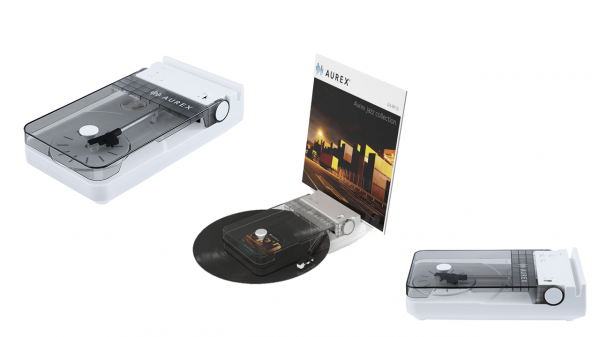
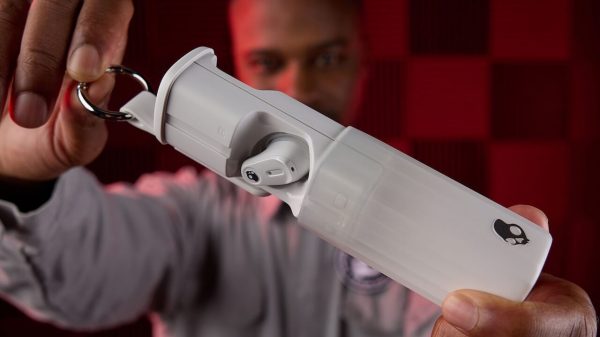



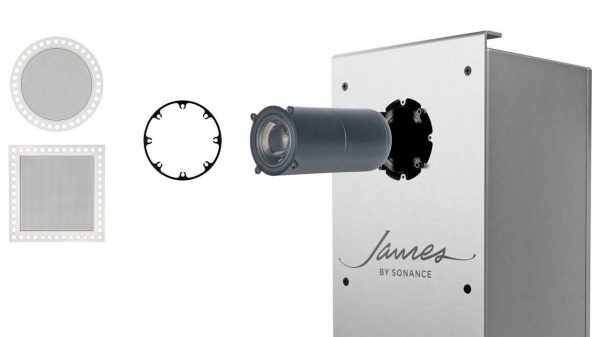

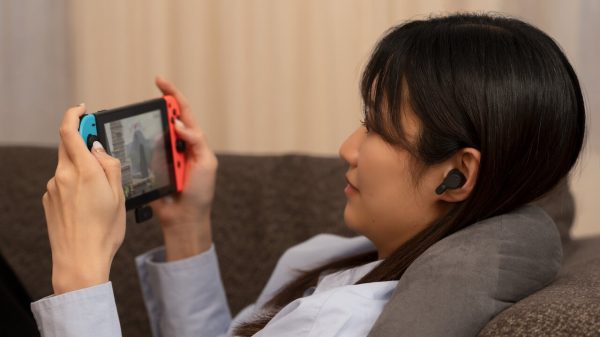

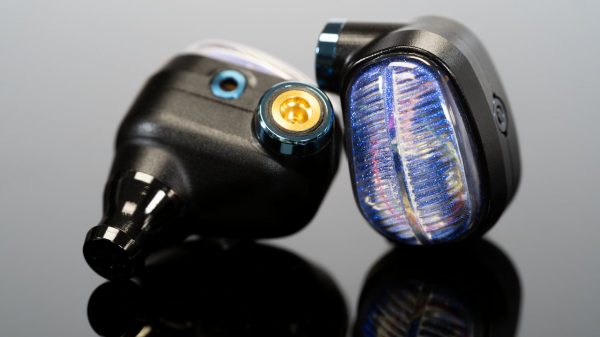




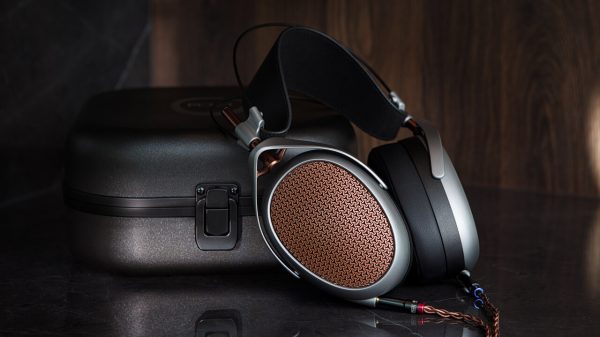

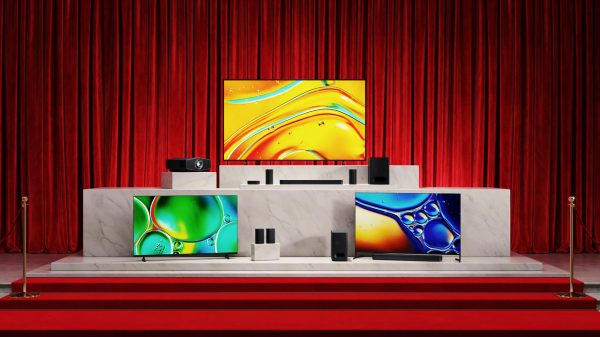










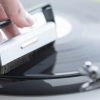











ORT
August 23, 2023 at 10:21 pm
Welcome back Sir Will of J!
“J is back! The keeper of the light! All hail J! All hail J! Oh J can you see by the dawn’s early light.”
This looks quite nice! I have kept my Emotiva XDA-2 for years now and only yesterday wondered if I would ever try it out as a preamp.
I doubt it as I much prefer integrated amps or an AVR but this Topping is tempting. Topping makes me think of the Constance Bennett/Cary Grant film, “Topper”.
The Topping is pretty nice looking but not quite the “Metropolis” Fembot that Constance would make. I would doubtless use the Topping as just a DAC, albeit a nice looking one! I semi-digress…Would that still be digressing to some?
Welcome back oh keeper of the light!
ORT